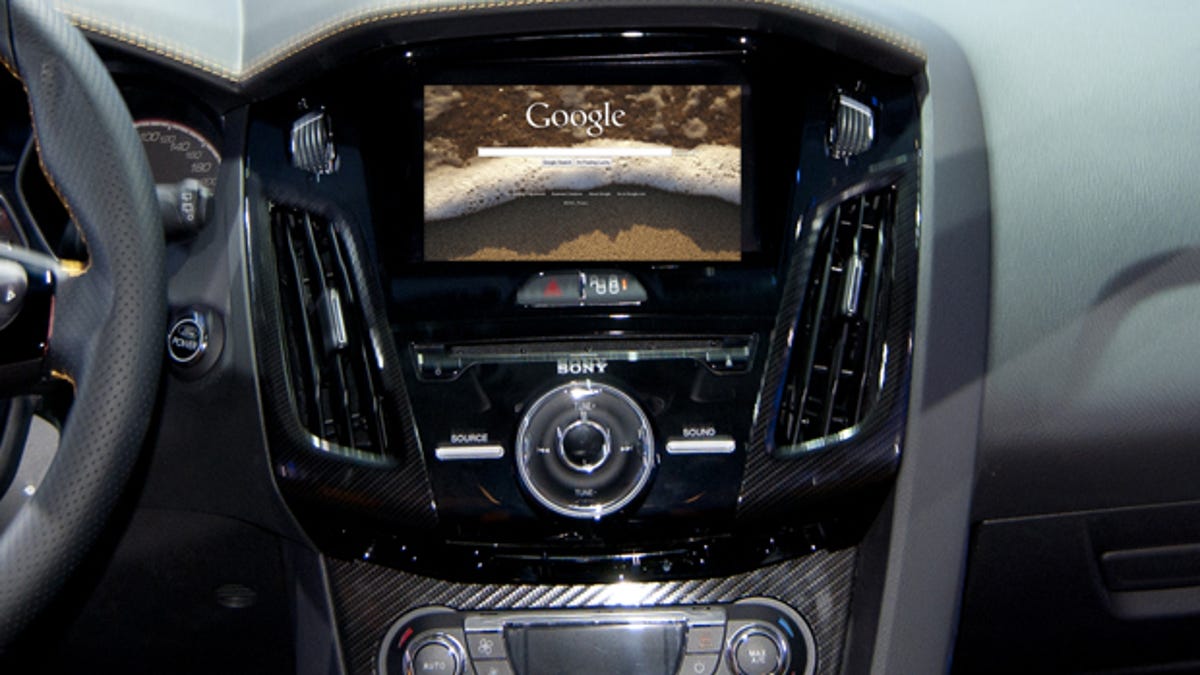Windows Automotive 7 brings apps and voice control to your car
Microsoft's been jamming its ageing Windows Automotive platform into cars with gay abandon for some time now, but will soon be sliding us a new update known as Windows Automotive 7.

Microsoft's been jamming its ageing Windows Automotive infotainment platform into cars with gay abandon for some time now, but it's just announced a newly updated version known as Windows Automotive 7, which allows for better user interfaces, a wider range of in-car applications and improved voice control.
Arguably the most interesting feature of the new platform is support for Microsoft Silverlight for Windows Embedded -- a stripped down, car-friendly version of Microsoft's much vaunted alternative to Flash.
It'll mainly be used in Windows Automotive 7 cars as a means of creating fancy graphical user interfaces (GUIs) for infotainment systems. Microsoft ships the new platform with a pretty dreary-looking standard GUI template, but manufacturers can quickly and easily create their own, super-slick GUIs from scratch to reflect the personality of different cars in their fleet.
The new platform will allow cars using Windows Automotive 7 to run Silverlight applications -- anything from calendars to ebook readers to audio players is possible. Manufacturers can even run existing legacy programs (even games) written in C++ directly through Silverlight for Windows Embedded. Half-Life 2 on the road, anyone?
Windows Automotive 7 comes with advanced voice-control features courtesy of Microsoft Tellme Speech. This allows your infotainment system to read text and email messages aloud (as it did on the previous version of Windows Automotive) and also to reply to those messages and to create new ones simply by speaking aloud.
It's all terribly exciting stuff, but it's unlikely Windows Automotive 7 will show up any time soon, as car manufacturers are notoriously slow to integrate new infotainment systems into their vehicles. In the meantime, we'll have to make do with vehicles that use the previous version of the Windows Embedded Automotive platform, though that's no bad thing.
You can see a couple of examples of the technology right here on CNET UK, courtesy of Ford's Sync platform in the 2012 Ford Focus and Fiat's Blue&Me system in the Fiat 500.